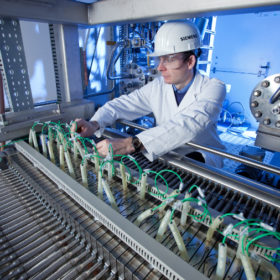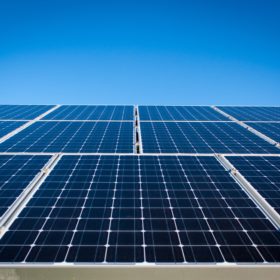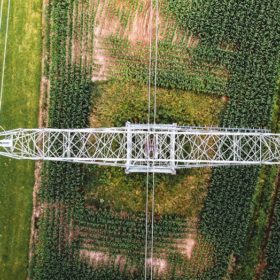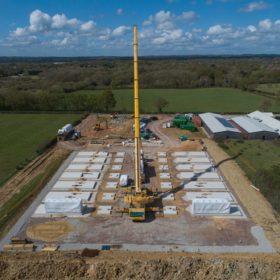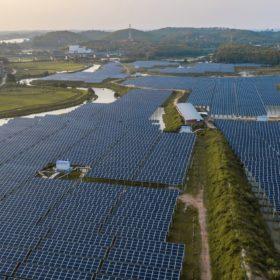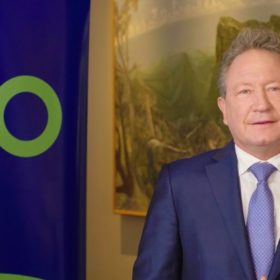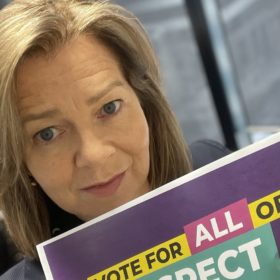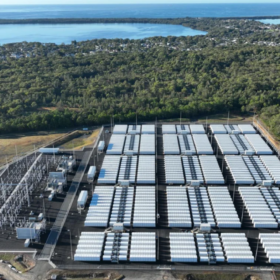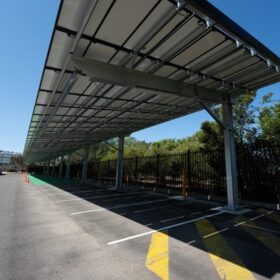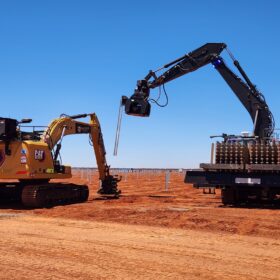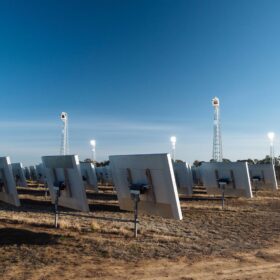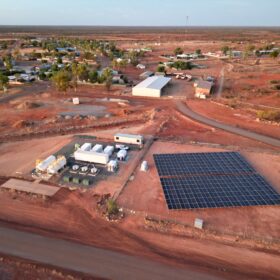Australian scientists set out to use wastewater for green hydrogen electrolysis
Australia has the sun, the wind and the space to become one of the world’s green hydrogen export superpowers in coming decades. However, the Sunburnt Country does have a dearth of one ingredient in the green hydrogen equation – freshwater. Thankfully, researchers from Monash University and a group of national water utilities are joining forces to find a way to use wastewater for the process of electrolysis.
EnergyAustralia explores microgrid technology in Melbourne housing estate
Australian electricity gen-tailer EnergyAustralia is exploring the benefits of microgrid technology, teaming with property developer Villawood Properties to establish a solar PV-powered microgrid community in Melbourne’s north that could see residents reduce their power bills by more than 50%.
ANU researchers claim 29% efficiency world record for bifacial solar cell
Researchers at The Australian National University claim to have set a world record for bifacial solar PV cell efficiency that they say could boost the energy output of solar farms by 30%.
CEFC to pursue ‘priority areas’ after year of investment firsts
The Australian government’s green bank has reaffirmed its intent to evolve beyond investing in solar and wind, expanding its focus to include green hydrogen, energy storage and transmission projects after finalising a string of investment firsts in the past 12 months.
Energy storage projects attract attention of global EPC giant
With large-scale battery developments emerging as an increasingly important component of Australia’s energy mix, India-headquartered multinational Sterling and Wilson Solar has revealed plans to expand its renewable energy offerings to include providing engineering, procurement and construction solutions for energy storage projects.
Corporate renewable PPAs are on the rise in Asia Pacific, says WoodMac
Corporate power purchase agreements are the second most adopted purchasing method in the world, and they’re growing fast. With the U.S. and Europe picking up the pace in the last year, the Asia Pacific is not going to be left behind, with Wood Mackenzie estimating corporate PPAs in the region doubled in the last year.
Twiggy Forrest’s green hydrogen ambitions will require renewables at 3x Australia’s total energy consumption
In a campaign style speech, Andrew ‘Twiggy’ Forrest, founder of Fortescue Metals and one of Australia’s richest men, outlined his ambition of producing mammoth quantities of green hydrogen, a task he sees as imperative to stop the “planet cooking” while also cornering a market he believes will soon be worth trillions.
Union boss says renewable industries must do better by workers: ‘they’re fighting because they’re proud of their legacy’
President of the Australian Council of Trade Unions, Michele O’Neil, says renewables industries have fallen short in their treatment of workers and urgently need to do more to provide quality jobs which are secure and fairly paid.
How solving energy poverty could afford renewables a twofold opportunity
Solar as a solution to poverty – it’s the route Brisbane-based charity SolarBuddy is taking, bringing Australian school children with it. Crucially though, the charity’s founder Simon Doble told pv magazine Australia it’s also a unique opportunity to learn about the rollout of clean technologies unencumbered.
Monash chemists find novel salt solution for lithium-ion battery fires
Researchers at Monash University have published a new study in which high voltage lithium batteries, such as those used in electric vehicles and grid scale energy storage systems, are tested with a novel lithium salt shown to be far less hazardous than current conventional materials.
